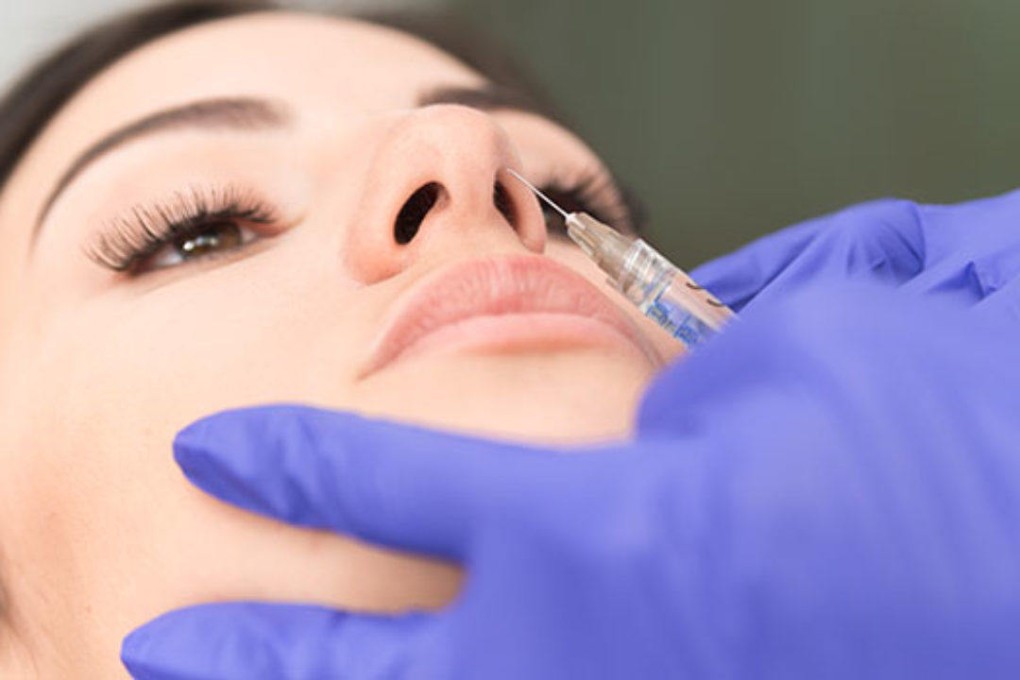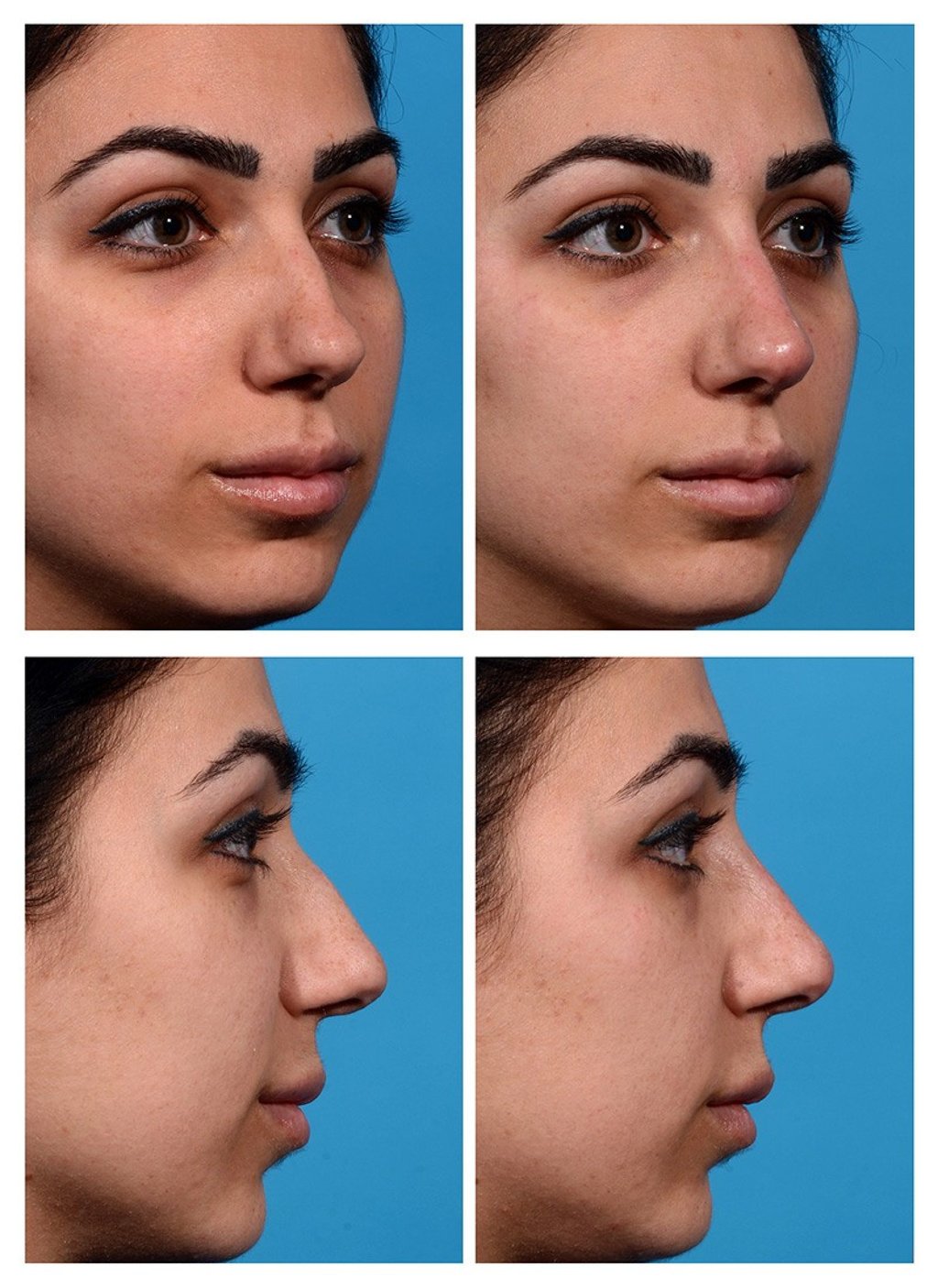Advertisement
Explainer | Liquid rhinoplasty: pros and cons of the scalpel-free nose job that is trending in 2022
- For people who want to change the shape of their nose, but don’t want to undergo surgery, liquid rhinoplasty could be the answer
- A hyaluronic acid filler is injected into the flesh of the nose to alter its shape temporarily, but the procedure must be done by professionals
Reading Time:3 minutes
Why you can trust SCMP

Nose reshaping has been one of the most requested facial cosmetic procedures of late, with thousands getting the surgery done every year. There are also many people who have not yet taken the plunge, despite considering it.
In most cases, the hesitation comes from the cost of the procedure, anxiety surrounding the decision, a fear of surgery and the recovery time. Thankfully, the cosmetic surgery industry has an alternative that sits right in the middle of all those concerns: liquid rhinoplasty.
When it comes to cosmetic procedures nowadays, the less invasive, the better – and more popular. Since Zoom meetings became part of our daily, Covid-19 pandemic lives, non-surgical procedures such as dermabrasion (a skin-resurfacing procedure), body sculpting, non-surgical facelifts, cryotherapy treatments (the use of extreme cold the freeze and remove tissue), Botox injections, dermal fillers, and laser treatments have led the way.
Advertisement
In 2022, liquid rhinoplasty might be the procedure that takes the crown.

Also known as “scalpel-free nose job”, liquid rhinoplasty is a non-surgical procedure that involves injecting a hyaluronic acid filler into the nose to temporarily alter its structure.
Advertisement
Advertisement
Select Voice
Choose your listening speed
Get through articles 2x faster
1.25x
250 WPM
Slow
Average
Fast
1.25x